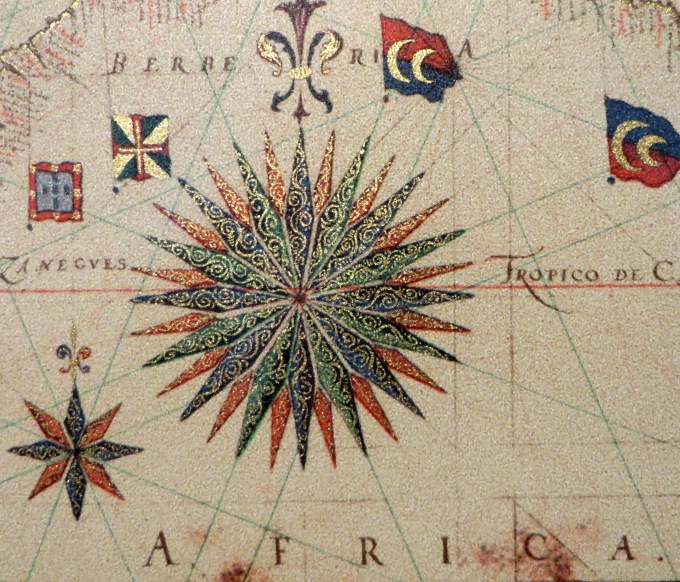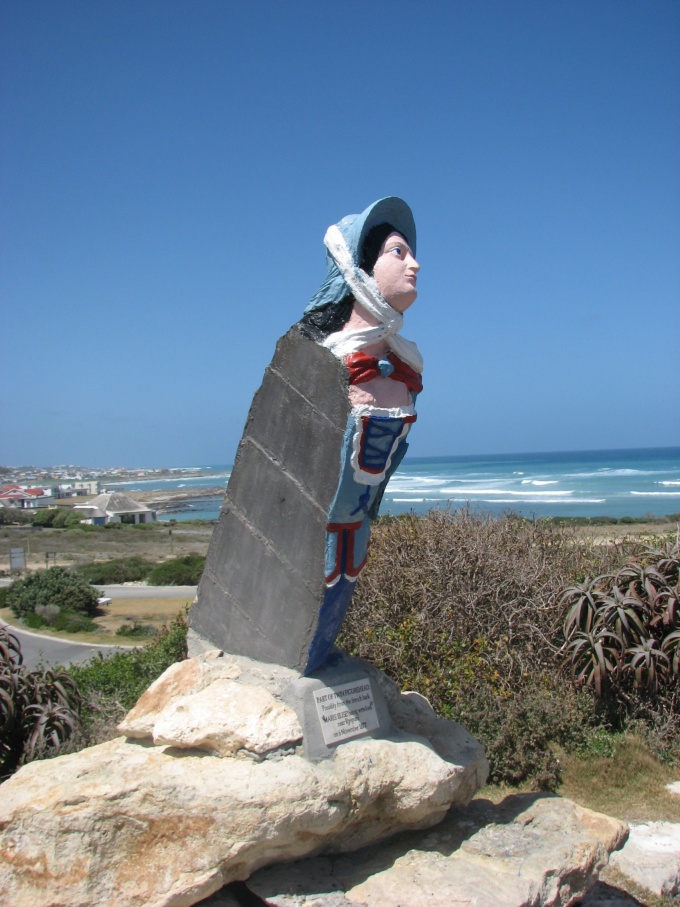We're not sure that this was the worst passage of our sailing careers, but this 1,778 nm passage definitely rates right up there (or down there) as one of the most arduous and difficult passages we've experienced. As with most passages, there were ups and downs, good days and bad, gear failures and successes in repairing what broke while under way. As I reviewed the pictures we took, there were certainly more repair pics and hard times than there were birds and sea critters. It was that kind of passage. We continually promise to give you a taste of what sailing is really about. This is it.
Leaving Mauritius – There are two happy days for the Nine of Cups crew … when we arrive in a new port and when we leave for the next one.

Where's Reunion Island? We were only four miles offshore, but the French kept it hidden in a shroud of mist.

Beautiful sunsets were rare on this trip.

The skies were often deceptively blue and beautiful, while the seas were rough on Nine and Cups and crew.

The wind gen took a beating and David worked hard to keep it operational and pumping out amps.

A moth stopped by for a rest, but soon grew tired of our slow pace and headed off on his own.

The parting of the jib halyard was an unusual occurrence and totally unexpected. Luckily, the spare halyard was ready to go.

No sooner was the jib halyard issue sorted out and handled, than the port boom reefing winch broke free from the boom. Really?

Being without a rudder on a boat is liking driving a car without a steering wheel. When a bolt sheered off the steering quadrant, we were adrift until David was able to suss out the problem and replace the bolt. I promise to stop complaining about all those extra bolts and bits and pieces aboard.

The continual thrashing we took from waves, took its toll on the anchor. Despite the chain stopper and lashing, the anchor pulled out of the bow roller. We lassoed it and secured it, but not before it flipped up and cracked the jib furler guide cage. It needed to be removed, but a screw on the cage was seized, so David resorted to hacksawing it off.

We saw over 52 knot gusts as we neared Durban. A sail slide broke and jammed as we tried to lower the main, causing the sail to flail in the high winds and we were unable to move it up or down the sail track. David's persistence willed out and we finally got the main lowered and lashed, but not without battle scars on David's knuckles.

And then … we were on the dock in Durban and washed all the bad memories away with a hot shower and a bottle of celebratory champers. That's how it is after a bad passage: a long list of to-do's and views towards the next port.




















